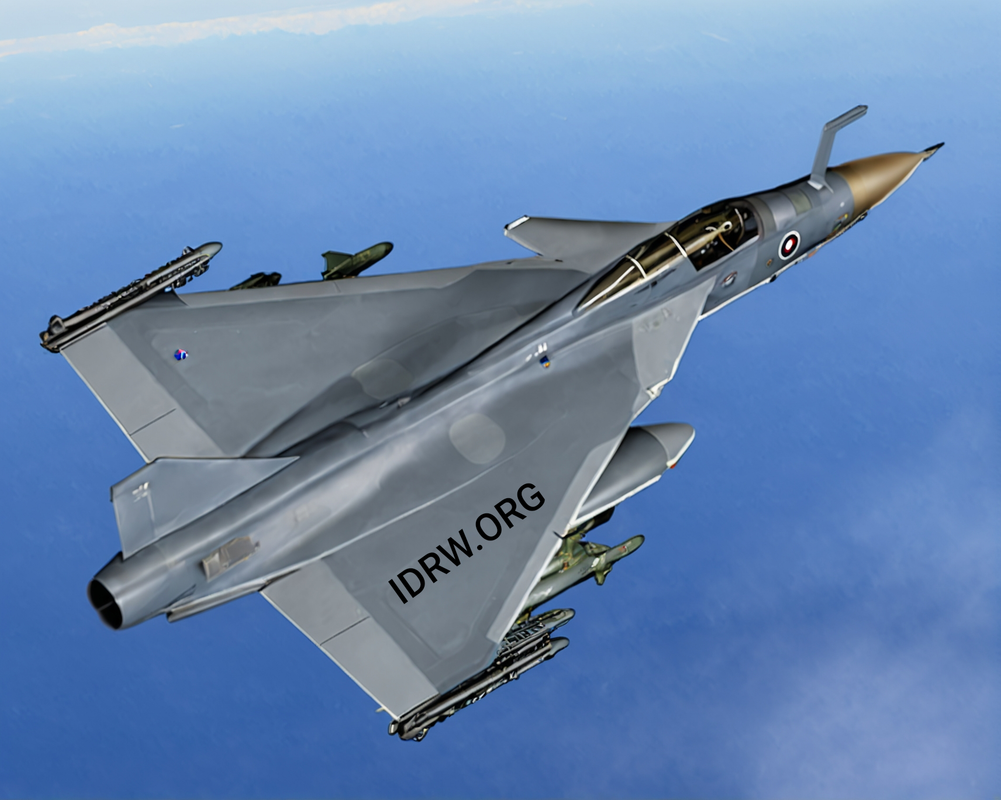SOURCE: RAUNAK KUNDE / NEWS BEAT / IDRW.ORG

The Indian aerospace industry is witnessing a paradigm shift towards self-reliance with the Tejas Mk2 fighter jet program. According to Prabhulla Chandran VK, director of avionics and weapons systems at the Aeronautical Development Agency (ADA), the Tejas Mk2 is poised to achieve a remarkable 90% indigenous content when it enters production in 2031.
The journey towards self-reliance for the Tejas Mk2 will be a staged ascent. The initial prototype, expected in 2026, will boast over 70% indigenous components. This impressive feat signifies substantial progress compared to its predecessor, the Tejas Mk1A, which is expected to reach 70% indigenous content within the next four years.
While program delays can often be frustrating, the Tejas Mk2 program has benefited from this additional time. Engineers have been able to leverage this period to prioritize the development of indigenous components. This focus on self-reliance ensures greater control over production, maintenance, and future upgrades.
The Tejas Mk2 will be a shining example of Indian technological prowess. Its state-of-the-art radar systems, weapons, and other crucial functionalities will be predominantly indigenously developed. While the ejection seat and a few sensors may remain exceptions, India strives to achieve a near-complete domestic supply chain for the Mk2.
The Indian Air Force (IAF) strongly advocated increased indigenous content in fighter jets. Their keenness for a higher indigenous percentage in the Tejas Mk2 compared to the Mk1A reflects this commitment to self-reliance. This not only strengthens India’s strategic autonomy but also fosters the growth of a robust domestic defence ecosystem.
NOTE : Article cannot be reproduced without written permission of idrw.org in any form even for YouTube Videos to avoid Copy right strikes. Websites doing illegal reproductions will get DMCA and Legal Notices.